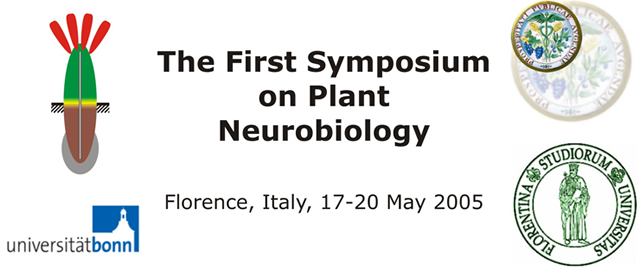
 |
| Root–to–leaf electrical signaling in Avocado (Persea americana Mill.) |
| Pilar Gil Montenegro |
| Pontificia Universidad Católica de Chile, Chile |
| *email: pmgil@puc.cl |
|
Our work using phytomonitoring techniques for Avocado (Persea americana Mill) tree
irrigation indicate that plant response to changed soil water availability is a very fast process.
Root–to–leaf ABA transport or hydraulic processes cannot fully explain the almost immediate
stomata physiological response (less than 15 minutes) to either water application and/or sudden ETp increments
or reductions. Some studies in Avocado physiology report that root–to–leaf ABA transport is a transpirative mass-flow process. In other tree species a decline in stomatal conductance (gs) was detected when volumetric soil water content declined below 0.12, but the decline in gs, could not have been mediated by increasing [ABA(xyl)] because stomatal closure appeared to precede any increase in [ABA(xyl)]. Sap flow velocity in the range of 30 to 35 cm/h has been reported in avocado, indicating that hydraulic forces cannot either fully explain the fast stomatal response to soil water availability. This work is aimed to study the eventual existence of an electrical signaling process regulating stomata behavior. Two year old avocado trees were subjected to several drying and re-watering cycles, as well as to modifications on some ETp parameters, as incident radiation and air flux conditions. Extracellular electrical potential was continuously recorded between trunk and leaf petiole; leaf stomata conductance was also registered. Drying the root system with a continuous air flow at room temperature generated the arrival of an electrical signal to the leaf petiole; the same signal was detected when the root system was re-watered. Our results indicate that a sudden change in soil water availability creates a significant electrical signal, which reaches leaf petiole in 10 to 50 min. Other measurement were made on girdled plants, in several cycles, re-watering plants after 4 drying days, indicating that the electrical signal detected is possibly conducted by the xylem, and not by the phloem tissue. The eventual existence of root–to–leaf electric information exchange mechanisms opens interesting possibilities to artificially modify plant response to environmental or agronomic management strategies, aimed to increment water use efficiency. |
| [Back] |
Last Update on 06-06-05 by Andrej |
|